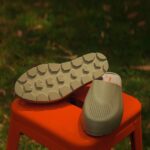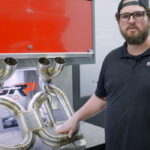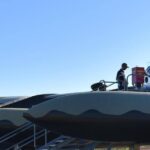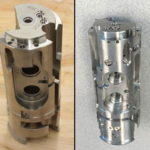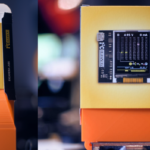Engineers at the University of Maine’s Advanced Structures and Composites Center have developed a new method to predict the strength of lightweight 3D-printed objects more accurately. The research team included Philip Bean, a research engineer at the center, along with professors Senthil Vel of mechanical engineering and Roberto Lopez-Anido of civil engineering.

The study, published in Progressive Additive Manufacturing, combines computer modeling with physical experiments to better understand how 3D-printed parts perform under stress. The researchers focused specifically on gyroid infill, a complex internal structure used in 3D printing to reduce weight while maintaining structural integrity.
The team used computer simulations to analyze how gyroid structures respond to various forces, then validated their predictions through testing of 3D-printed prototypes. This approach provides insights into how the internal pattern affects overall part performance, which conventional analytical methods often cannot achieve.
“This work allows us to design 3D-printed parts with greater confidence and efficiency,” said Bean. “By understanding the precise strength of these gyroid-infilled structures, we can reduce material use and improve performance across industries.”
The method is expected to benefit industries that require strong, lightweight materials, including aerospace, automotive, and medical device manufacturing. The complete study, titled “Investigation of the nonlinear response of gyroid infills for prediction of the effective yield strength,” provides additional technical details about the research.
Source: mcec.umaine.edu



